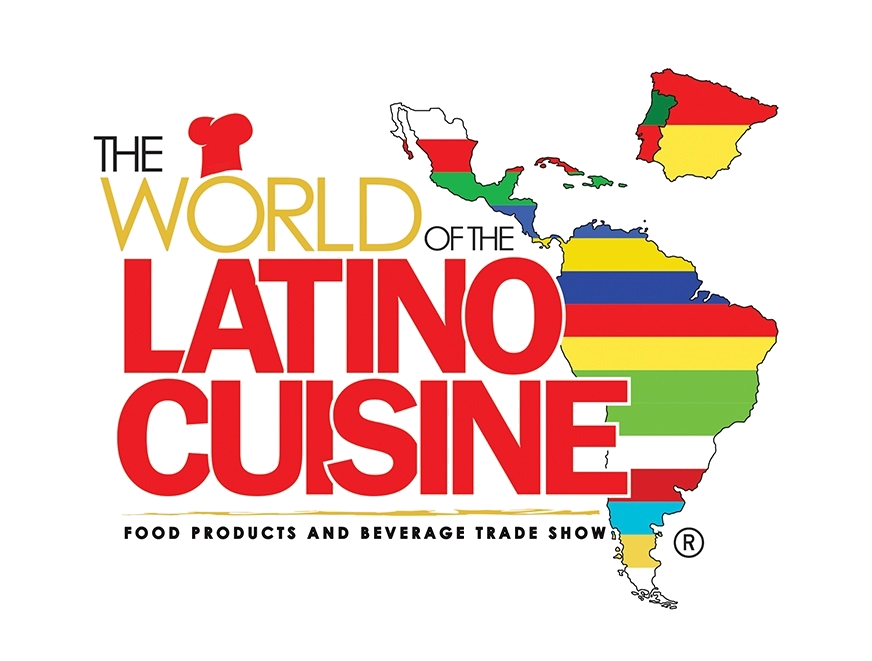- It’s no wonder the two-day World of Latino Cuisine trade show in New Jersey has
been steadily growing every year.
It’s a place where $9 million deals get finalized, and it caters to the $170 billion Hispanic
food and beverage market.
While there are specialty food shows across the country, including neighboring New
York, the Latino show is the largest catering to the Latino community in the country.
The New Jersey event at the Meadowlands Exposition Center that started Wednesday
has 150 exhibitors this year.
And it has been growing every year, thanks to the food trends in the country, according
to CEO William Colón.
Since 2013, statistics about the food industry have shown that Hispanic foods have
become more mainstream.
For example, according to the Latino Cuisine website, salsa is the No. 1 selling
condiment in the world, and tortillas outsell hot dog and hamburger buns.
The mainstreaming of some Hispanic foods can also be seen in the fact that items like
tacos are no longer seen as ethnic foods, according to Information Resources Inc.
Aquiles Larrea, founder and CEO of Larrea Wealth Management in New York City, said
he has seen the growth and watched some of the deals go down.
He was meandering through the exhibition last year when he stopped “just in time to
see the signing of a $9 million deal. It was a Mexican company,” he said.
Colon said that, in two days, conservatively, about $50 million was being done in deals.
He said many of the largest distributors of Hispanic foods are in New Jersey or the
surrounding region, but the show is also attracting companies from Latin America and
Canada.
In New Jersey, many know about Jersey City-based Goya and Moonachie’s Grace, but
there are a number of other $100 million-plus companies in the state as well, Colón
said.
It comes as no surprise for those who have watched the Hispanic community grow,
along with its economic impact.
Colón said the most conservative estimates put the Hispanic food and wine business at
$170 billion, but he believes it to be much higher.
This is because the industry is based on numbers using “Anglo” measurements, he
said.
The Hispanic market has a purchasing power of almost $1.5 trillion, according to the
Latino Cuisine site’s statements, citing research reports.
If the average Anglo measurement used is that 11 percent of a person’s income is spent
on food, then that is how the multibillion-dollar food market is measured. But, Colon
explained, Hispanics traditionally spend much more on food for their larger families, and
spend far more money on eating at home than the average American family.
Larrea said that, when he first began working in the greater New York area, the Latino
community was an eighth of its current size, and he has watched it grow and become
more organized over the years.
“In New Jersey, the Latino community has their act together. More so than (other
states),” Larrea said. “I think the secret’s getting out, I really do. Jersey is the place to
get these companies together. The food industry, the wine industry. This is the place
that everybody wants to work with Latinos.”
